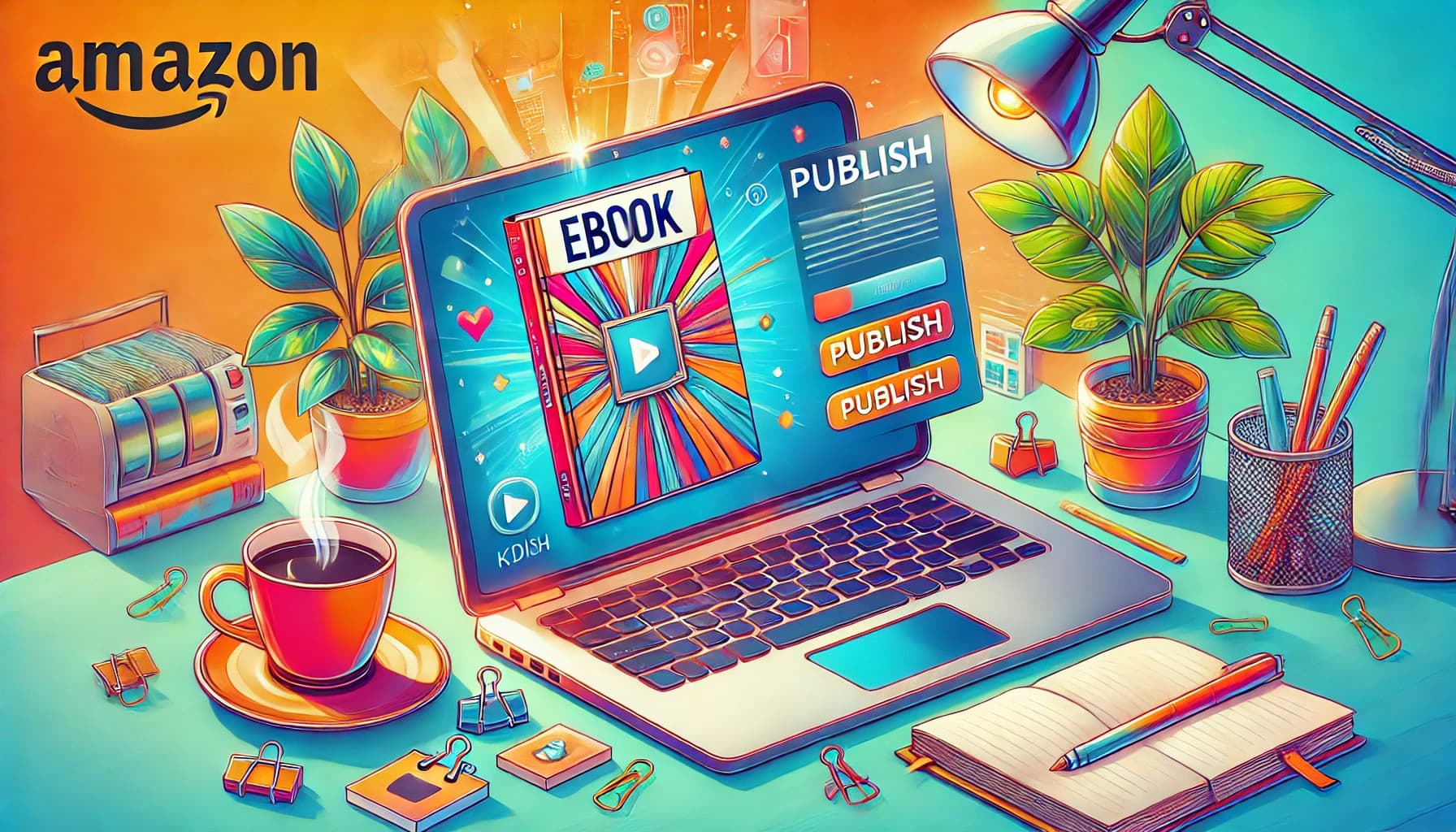Table of Contents
Many writers feel stuck trying to get their books out there, unsure of how to connect with readers or build a solid publishing plan. If that sounds familiar, you’re not alone—traditional publishing can feel like a closed door, while self-publishing can sometimes be lonely and costly.
Stick around, and you’ll see how indie publishing cooperatives offer a way to join forces with others, save money, and boost your book’s chances of success. Plus, I’ll give you a quick peek at how these groups can support your creative journey without the heavy price tag or maze of solo publishing.
Key Takeaways
- Indie publishing cooperatives are groups of authors and small publishers working together to share resources, cut costs, and increase reach. They help members navigate publishing more smoothly and raise their chances of success.
- These groups differ from self-publishing and traditional publishing by pooling resources like marketing, distribution, and editing while keeping independence. They give indie authors the tools to compete with bigger publishers.
- Joining a co-op can boost visibility through shared networks and marketing, plus offer better access to retail channels and bulk savings. This makes it easier for members to stand out in a crowded market.
- Evaluate a group’s transparency, track record, and commitment before joining. Make sure their support aligns with your goals to avoid frustration and find the right fit.
- Cooperatives work best for indie authors seeking wider reach, lower costs, and community support. They may not suit those who prefer complete solo work or niche audiences, so consider your needs before joining.

What Are Indie Publishing Cooperatives?
Indie publishing cooperatives are groups of independent publishers and authors banding together to share resources, knowledge, and support. They operate on a collaborative basis, allowing members to pool their strengths instead of going solo. These co-ops help indie authors navigate the complex world of publishing with less stress and more efficiency. Imagine a bunch of small, talented artists working together to create a thriving gallery—that’s pretty much what a publishing cooperative does for writers and publishers alike.
Recently, these groups have shown significant growth. For example, the Publishers Cooperative formed in early 2025 with nine members, including notable names like Mango Publishing and AdventureKeen. Another example is the Eight Independent Publishers Cooperative, which was established to share costs and increase reach. These groups make it easier for indie publishers to thrive in a competitive market.
How Indie Publishing Cooperatives Differ from Self-Publishing and Traditional Publishing
Understanding the difference between these options is key to choosing what's best for you. Self-publishing means handling every step—from editing to marketing—by yourself, giving total control but also full responsibility. Traditional publishers, on the other hand, handle everything but often require agents and come with strict gatekeeping, making it hard for new authors to break in.
Indie publishing cooperatives sit somewhere in between. They are not traditional publishers because they don't operate as a single company, nor are they just individual self-publishers working alone. Instead, they form a collective where members share resources like editing, distribution, and sales channels. For example, the Eight Publishers Cooperative allows members to access tools and networks that would be costly or impossible to navigate alone. This setup helps indie authors gain credibility and reach wider audiences without sacrificing independence.
Unlike going solo, joining a co-op means you can benefit from the group's collective strength—more visibility, shared costs, and a stronger voice in the marketplace. Check out the latest statistics: in 2022, over 1.7 million books were self-published in the US alone, with indie authors making up more than half of all ebook sales in 2025. The growth rate of this market, soaring over 17% annually, shows just how much independence is changing the publishing scene.

How Indie Publishing Cooperatives Provide a Competitive Edge
Joining a cooperative can give indie authors and publishers an advantage in a crowded market.
Co-ops often have established distribution networks that new members can access right away, saving time and money.
This collective strength allows members to participate in larger marketing campaigns and promotional efforts they couldn't afford alone.
Some groups also offer shared print runs and bulk purchasing of materials, reducing production costs.
For example, the Eight Publishers Cooperative helps members get their books into bigger retail channels, boosting their visibility.
Overall, being part of a co-op means you can punch above your weight and compete with bigger publishing houses more effectively.
Things to Consider Before Joining a Cooperative
Before jumping into a cooperative, it’s smart to evaluate how well the group aligns with your goals.
Check the group's structure: Are they financially transparent? Do they have clear expectations?
Look into their track record: How successful are their current members? What kind of support do they really provide?
Understand the commitment involved—some groups require active participation or specific dues.
Don’t forget to read the membership agreement carefully—know what rights you retain and what you’re sharing.
For example, if you’re primarily interested in marketing support, make sure that’s a focus of the co-op.
Doing your homework upfront can save a lot of frustration later and help you find the right fit.
Who Should Join an Indie Publishing Cooperative
While co-ops are great for many, they tend to work best for certain types of authors and publishers.
If you’re an indie author looking to expand your reach without sacrificing control, a co-op can be a solid choice.
They are also helpful for small publishers trying to lower costs and access a broader network.
Newcomers who want mentorship or insider knowledge find a lot of value in these groups.
Conversely, if you prefer working completely solo or have a niche audience that doesn’t align with the group’s focus, a co-op might not be ideal.
Think about your goals: do you want more sales, better marketing support, or just a community of like-minded creators?
Matching your needs with what a cooperative offers is key to making the most of the experience.
FAQs
Indie publishing cooperatives are groups of authors who work together to publish, promote, and sell their books, sharing resources and expertise to succeed collectively outside traditional publishing routes.
Cooperatives involve authors working together with shared resources, unlike self-publishing where authors manage alone, or traditional publishing where companies handle publishing. Cooperatives focus on collective effort and mutual support.
Joining a cooperative offers shared marketing efforts, lower costs through bulk services, increased visibility, and opportunities for collaboration, all helping authors grow their audience and improve sales.
Cooperatives reduce costs through shared resources like distribution and marketing, while collaborative promotion increases reach, leading to higher sales for members and lower individual expenses.



